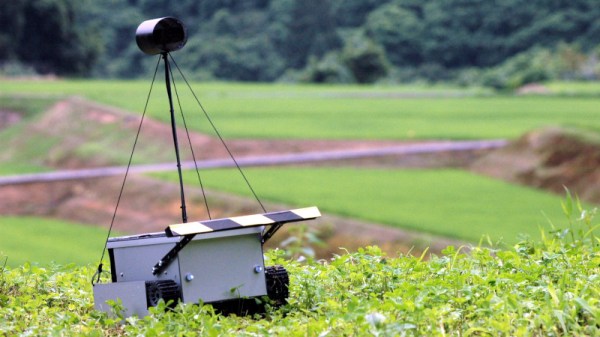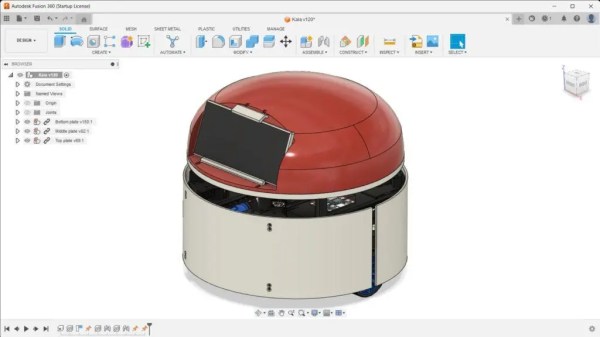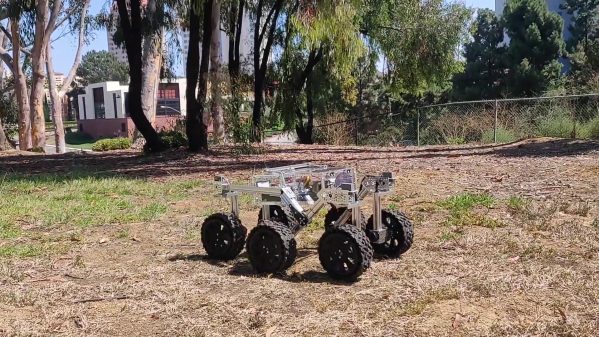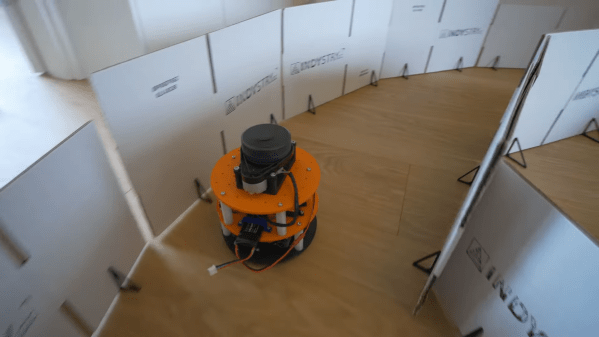It’s a problem common to small-scale mixed agriculture worldwide, that of small areas of grass and weeds that need mowing. If you have a couple of sheep and enough electric fence there’s one way to do it, otherwise, if you rely on machinery, there’s a lot of hefting and pushing a mower in your future. Help is at hand, though, thanks to [Yuta Suito], whose pylon-guided mower is a lightweight device that mows an area defined by a set of orange traffic cones. Simply set the cones around the edge of the plot, place the mower within them, and it does the rest.
At its heart is a computer vision system that detects the cones and estimates distance from them by their perceived size. It mows in a spiral pattern by decreasing the cone height at which it turns, thus covering the whole area set out. Inside is a Raspberry Pi doing the heavy lifting, and because it’s designed for farmland rather than lawns, it has an adaptive track system to deal with obstacles. In its native Japan there is an ageing rural population, so it is particularly suitable for being operated by an older person. See it in action in the video below the break.
A robotic mower aimed at farms is certainly unusual here, but we’ve seen a lot of more conventional lawnmowers.
Continue reading “Hackaday Prize 2023: Computer Vision Guides This Farm Mower”


















